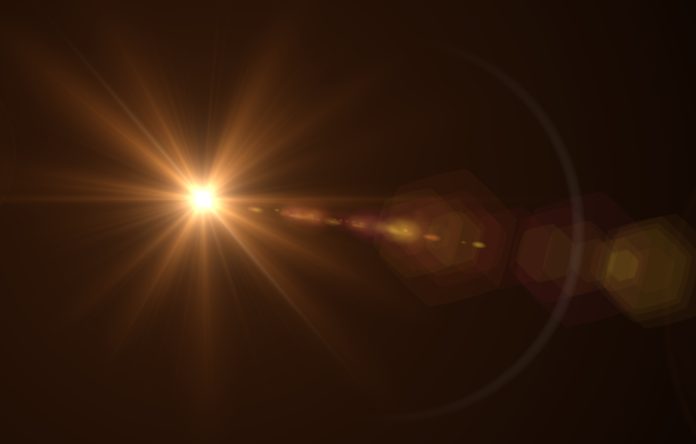Science
Astronomers Unveil Young Gas Giant WISPIT 2b Around Sun-like Star

An international team of astronomers has made a significant discovery by identifying a young planet, designated WISPIT 2b, forming around a star similar to our Sun. The planet, estimated to be just 5 million years old, is believed to be a gas giant comparable in size to Jupiter. This finding provides a rare opportunity to observe the early stages of planet formation, which could enhance our understanding of how planetary systems like our own evolve.
Details of the Discovery
Researchers from Leiden University, the University of Galway, and the University of Arizona conducted the discovery, which has been documented in the Astrophysical Journal Letters. Utilizing the Very Large Telescope (VLT) situated in the Atacama Desert, Chile, the team initially aimed to perform quick observations of young stars to detect signs of planetary bodies.
During their investigation, they encountered not a singular point of light indicative of a planet, but rather a complex, multi-ringed dust disk surrounding the star WISPIT 2. This unexpected finding prompted further observations, which ultimately led to the identification of WISPIT 2b, located within a gap in the disk. Remarkably, this is only the second confirmed detection of a planet in such an early developmental stage around a Sun-like star.
Significance of WISPIT 2b
The observations of WISPIT 2b were conducted in near-infrared light, revealing that the planet is still glowing and retains heat from its recent formation. A separate team at the University of Arizona confirmed the planet’s presence in visible light using a custom-designed instrument. This observation indicated that WISPIT 2b is actively accreting gas, suggesting it is still in the process of forming its atmosphere.
The host disk surrounding WISPIT 2b is expansive, extending to a radius of 380 astronomical units (AU). Such disks of dust and gas are recognized as the birthplaces of planets, often showcasing visually striking features like rings and spiral arms. The disk’s structure surrounding WISPIT 2 is thought to have been influenced by the newly forming planet.
WISPIT 2b now serves as a crucial natural laboratory for astronomers to study the interactions between nascent planets and their surrounding disks. By analyzing systems like this, scientists aim to gain insights into the wide variety of shapes and configurations observed in exoplanet systems, many of which differ significantly from our own solar system.
This discovery was part of a broader five-year observational project aimed at determining whether gas giant planets on wide orbits are more prevalent around younger or older stars. While the primary focus of the project varied, the unexpected detection of WISPIT 2b marks a noteworthy milestone in the field of planetary science.
The implications of this discovery extend beyond academic interest; understanding the formation of planets like WISPIT 2b may contribute to our knowledge of planetary systems and their evolution, potentially reshaping our perspective on the cosmos.
-

 Health3 months ago
Health3 months agoNeurologist Warns Excessive Use of Supplements Can Harm Brain
-

 Health3 months ago
Health3 months agoFiona Phillips’ Husband Shares Heartfelt Update on Her Alzheimer’s Journey
-

 Science2 months ago
Science2 months agoBrian Cox Addresses Claims of Alien Probe in 3I/ATLAS Discovery
-

 Science2 months ago
Science2 months agoNASA Investigates Unusual Comet 3I/ATLAS; New Findings Emerge
-

 Science1 month ago
Science1 month agoScientists Examine 3I/ATLAS: Alien Artifact or Cosmic Oddity?
-

 Entertainment5 months ago
Entertainment5 months agoKerry Katona Discusses Future Baby Plans and Brian McFadden’s Wedding
-

 Science1 month ago
Science1 month agoNASA Investigates Speedy Object 3I/ATLAS, Sparking Speculation
-

 Entertainment4 months ago
Entertainment4 months agoEmmerdale Faces Tension as Dylan and April’s Lives Hang in the Balance
-

 World3 months ago
World3 months agoCole Palmer’s Cryptic Message to Kobbie Mainoo Following Loan Talks
-

 Science1 month ago
Science1 month agoNASA Scientists Explore Origins of 3I/ATLAS, a Fast-Moving Visitor
-

 Entertainment2 months ago
Entertainment2 months agoLewis Cope Addresses Accusations of Dance Training Advantage
-

 Entertainment4 months ago
Entertainment4 months agoMajor Cast Changes at Coronation Street: Exits and Returns in 2025









